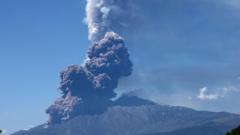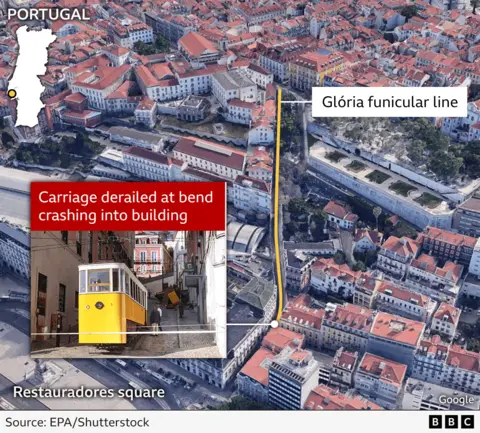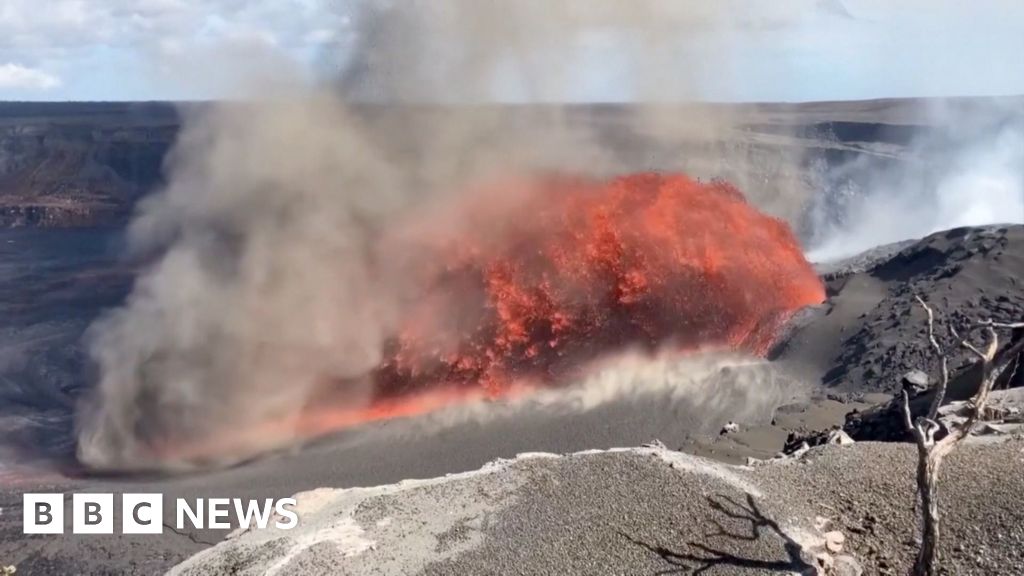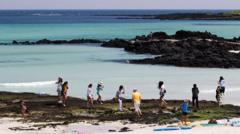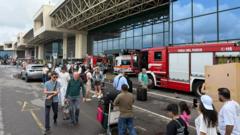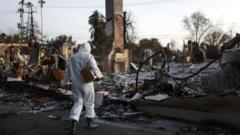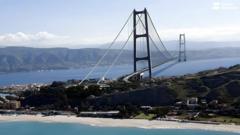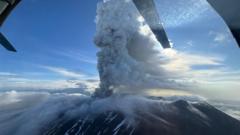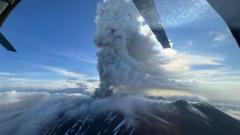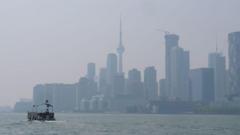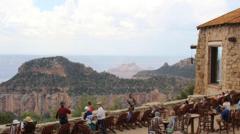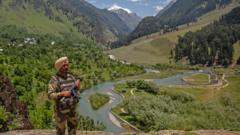Images and videos from Sicily show volcanic material spilling from Mount Etna, with the INGV noting that the activity began around 12:39 AM local time. The early morning blasts indicated an ongoing "Strombolian" eruption, characterized by intermittent explosive outbursts caused by gas build-up in the volcano's magma chamber. As gas bubbles escape, they create explosions akin to the release of pressure in a carbonated drink.
Geologists have detected ground movements suggesting the eruption originated from the southeast side of the volcano, where a well-known 200-meter-wide vent is located. The footage shows a dangerous pyroclastic flow—made up of a swift combination of ash, gas, and rock—flowing down the mountain's slopes. While pyroclastic flows are hazardous, there are currently no signs of immediate threats to nearby communities.
An initial red alert regarding air traffic was issued due to safety concerns, but this was later downgraded. As of now, the volcanic impact has not surpassed the Valley of the Lion, where the tourist path normally ends. In February, previous activity forced Catania airport to reroute several flights due to ash clouds.
Tourists are urged to avoid areas near the volcano's lava flows as the situation remains under observation by geological experts.

